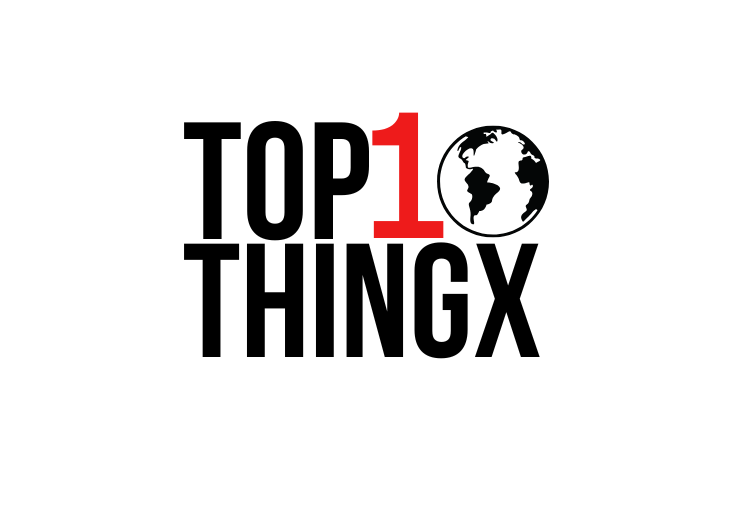The Role of Popai in Enhancing Customer Engagement
Customer engagement is the cornerstone of a successful business. But how can companies effectively capture and retain their customers’ attention? Enter Popai, an influential player in the world of marketing and retail. In this article, we’ll explore how Popai helps businesses enhance customer engagement through innovative strategies and insights. Popai, originally known as the Point of Purchase Advertising International, is a global association that focuses on marketing at retail. It plays a crucial role in helping businesses understand and improve customer engagement through various tools, research, and educational resources. The Evolution of Popai Popai has come a long way since its inception. Initially, it concentrated on in-store marketing materials, but with the advent of digital technology, it has expanded its scope. Today, Popai encompasses a wide range of marketing strategies, both online and offline, to help businesses reach their customers effectively. Popai’s Impact on Retail Marketing Innovative In-Store Displays One of Popai’s key contributions is the development of innovative in-store displays. These displays are designed to attract customers’ attention and encourage them to make a purchase. Think of them as the silent salespeople in a store, guiding and influencing customer decisions. Educational Workshops and Seminars Popai organizes workshops and seminars that educate retailers on the latest trends and techniques in customer engagement. These events provide valuable insights into consumer behavior and effective marketing strategies. Understanding Customer Engagement What is Customer Engagement? Customer engagement refers to the emotional connection between a customer and a brand. It’s about creating meaningful interactions that inspire loyalty and advocacy. Engaged customers are more likely to make repeat purchases and recommend the brand to others. Why is Customer Engagement Important? Engaging customers is crucial because it leads to higher sales, improved customer retention, and a stronger brand reputation. In today’s competitive market, businesses that fail to engage their customers risk losing them to competitors. Popai’s Strategies for Enhancing Engagement Personalized Marketing Popai advocates for personalized marketing, which involves tailoring marketing messages to individual customers based on their preferences and behaviors. This approach makes customers feel valued and understood, fostering deeper connections. Interactive Experiences Creating interactive experiences, such as product demos and virtual try-ons, is another strategy promoted by Popai. These experiences allow customers to engage with products in a hands-on way, making the shopping experience more enjoyable and memorable. Omni-Channel Approach Popai emphasizes the importance of an omni-channel approach, where businesses engage customers across multiple platforms, both online and offline. This ensures a seamless and consistent experience, regardless of where the customer interacts with the brand. Case Studies: Success Stories with Popai Retail Giant’s In-Store Innovation One notable success story is that of a retail giant that partnered with Popai to revamp its in-store displays. The result was a significant increase in customer foot traffic and sales, demonstrating the power of well-designed point-of-purchase materials. E-commerce Brand’s Personalized Campaign An e-commerce brand leveraged Popai’s expertise to launch a personalized marketing campaign. By targeting customers with tailored recommendations, the brand saw a boost in engagement and a marked rise in conversion rates. Popai and Digital Marketing Integrating Digital Tools Popai has embraced digital tools to enhance customer engagement. This includes using data analytics to understand customer preferences and employing digital signage to capture attention in stores. Social Media Strategies Popai also provides guidance on effective social media strategies, helping businesses create engaging content and interact with their audience in real-time. The Role of Data in Popai’s Approach Data-Driven Insights Data is at the heart of Popai’s approach to customer engagement. By analyzing customer data, businesses can gain valuable insights into shopping habits and preferences, allowing for more targeted and effective marketing. Predictive Analytics Popai advocates for the use of predictive analytics to forecast future trends and customer behaviors. This helps businesses stay ahead of the curve and anticipate customer needs. Future Trends in Customer Engagement Augmented Reality (AR) Augmented Reality is poised to revolutionize customer engagement. Popai is at the forefront of exploring how AR can create immersive shopping experiences that captivate customers. Artificial Intelligence (AI) AI is another trend that Popai is closely monitoring. From chatbots to personalized recommendations, AI has the potential to significantly enhance how businesses interact with their customers. How Businesses Can Leverage Popai Joining Popai Businesses can join Popai to improveism access its wealth of resources, including research reports, best practices, and networking opportunities. Membership provides valuable tools to enhance customer engagement strategies. Utilizing Popai’s Resources Popai offers various resources, such as case studies, whitepapers, and webinars, that businesses can use to stay informed about the latest trends and techniques in customer engagement. Q1: What is PopAi and how does it work? PopAi is an AI-powered platform that helps businesses automate and enhance customer interactions through tools like AI messaging assistants, customizable AI agents, and advanced analytics. Q2: How can PopAi improve customer engagement? PopAi improves engagement by providing personalized, real-time responses, automating routine tasks, offering 24/7 support, and delivering insights to optimize communication strategies. Q3: Can PopAi be integrated with existing business systems? Yes, PopAi seamlessly integrates with various tools and platforms, enabling businesses to automate workflows without disrupting existing operations. PopAi is an AI-powered platform that helps businesses automate and enhance customer interactions through tools like AI messaging assistants, customizable AI agents, and advanced analytics. PopAi improves engagement by providing personalized, real-time responses, automating routine tasks, offering 24/7 support, and delivering insights to optimize communication strategies. Yes, PopAi seamlessly integrates with various tools and platforms, enabling businesses to automate workflows without disrupting existing operations.










